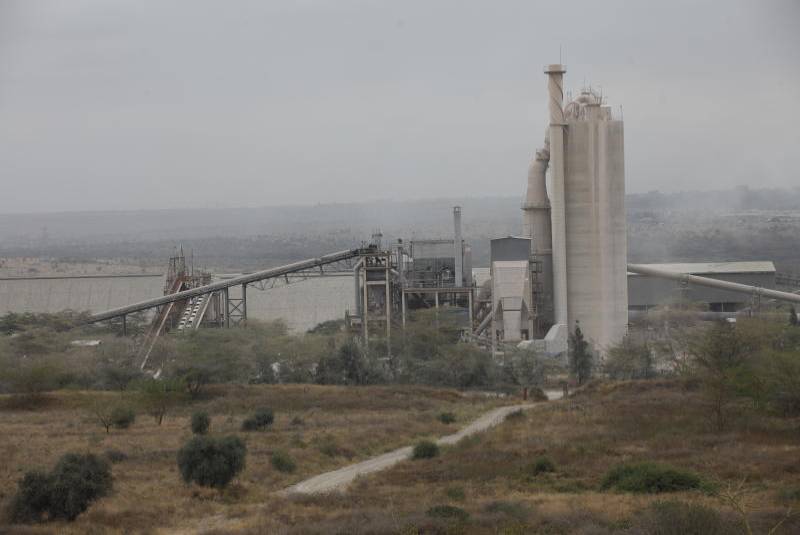×
The Standard e-Paper
Fearless, Trusted News

Delay in resolving liquidity woes at the East Africa Portland Cement (EAPCC) has got the capital markets regulator worried. The regulator said yesterday it was consistently engaging the firm, even as the company completes another year in insolvency.
The State-owned cement maker was fined a paltry Sh50,000 last year for failure to issue a profit warning and was given three months to deliver a plan on how it would work itself out of negative working capital.